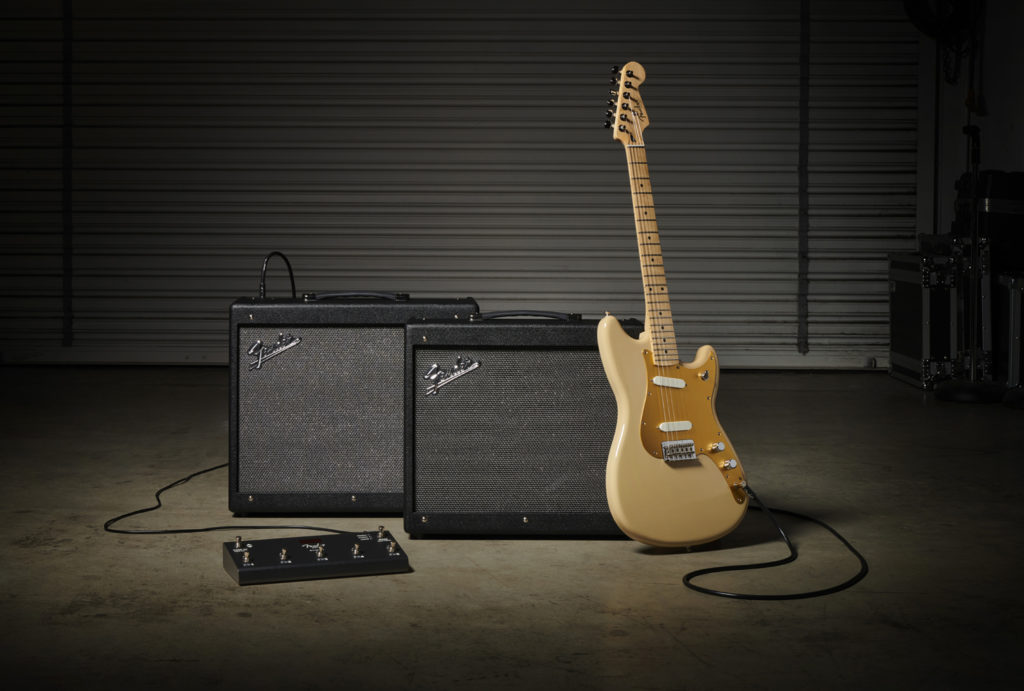FIND YOUR GUITAR.
MAKE SOME NOISE.
Now it’s easier than ever to choose the right gear and start playing. Whether you’re looking for your first electric guitar or bass, a great-sounding amp or some must-have accessories to round out your rig, we’ve got your back every step of the way.
TIPS FOR BEGINNERS
CONSIDERATION #1:
ACOUSTIC OR ELECTRIC
Choosing between an electric or acoustic guitar is one of the biggest decisions a new guitarist will make. There are pros and cons to both. While purchasing your first guitar is an investment, remember that learning to play guitar is also an investment – of your time. When deciding between electric or acoustic, think about what style of guitar will make you want to pick it up and practice over the long haul.
Choose acoustic guitar if:
- Jangly folk, indie rock or country are your genres of choice.
- You appreciate the layered tones of chord patterns and rhythmic strumming.
Get to know the look, feel and parts of an acoustic guitar in Acoustic Guitar 101.
Choose electric guitar if:
- Classic rock, metal, funk or blues inspire you to plug in and play.
- You’re in awe of searing licks and string-bending lead guitar solos.
Learn about the anatomy of an electric guitar and more in Electric Guitar 101.
CONSIDERATION #2:
COMFORT AND EASE OF PLAY
If you’re logging a lot of practice time, it’s important to be comfortable while playing your guitar. You won’t want to play if you develop pain in your hand or if a guitar feels too heavy for you. Here are some comfort considerations to think about when making your choice.
- Finger strength: Beginner guitarists have not yet developed the dexterity more seasoned guitarists build over time. Because acoustic guitar strings have more tension, you have to push down harder. While this can be difficult at first, it can help you build greater finger strength. This can make it easier to transition to an electric guitar.
- Hand pain and small hands: Electric guitars have lighter strings and thinner necks. Learning to play on an electric guitar may help minimize hand and finger pain for beginners, particularly those with small hands.
- Comfort and guitar weight: A heavier guitar may not be comfortable for some beginner guitarists. Choose a guitar that won’t weigh heavily around your neck and shoulders when practicing, even with a strap. This can lessen the risk of neck pain or back strain while playing.
CONSIDERATION #3:
PRACTICE SPACE
The space you have to practice may also influence the type of guitar you choose.
- Noise restrictions: If you live in a dorm, apartment or building with noise restrictions, an acoustic guitar may be a good fit. If you practice in an area where noise isn’t a factor (such as a studio, garage or home), you can plug in an electric guitar.
- Limited practice space: If you have a tiny practice area, you may not have room for a large amp or pedals. Choose a small practice amp to play your electric guitar and hear it properly, or opt for an acoustic to make the most of your space.

